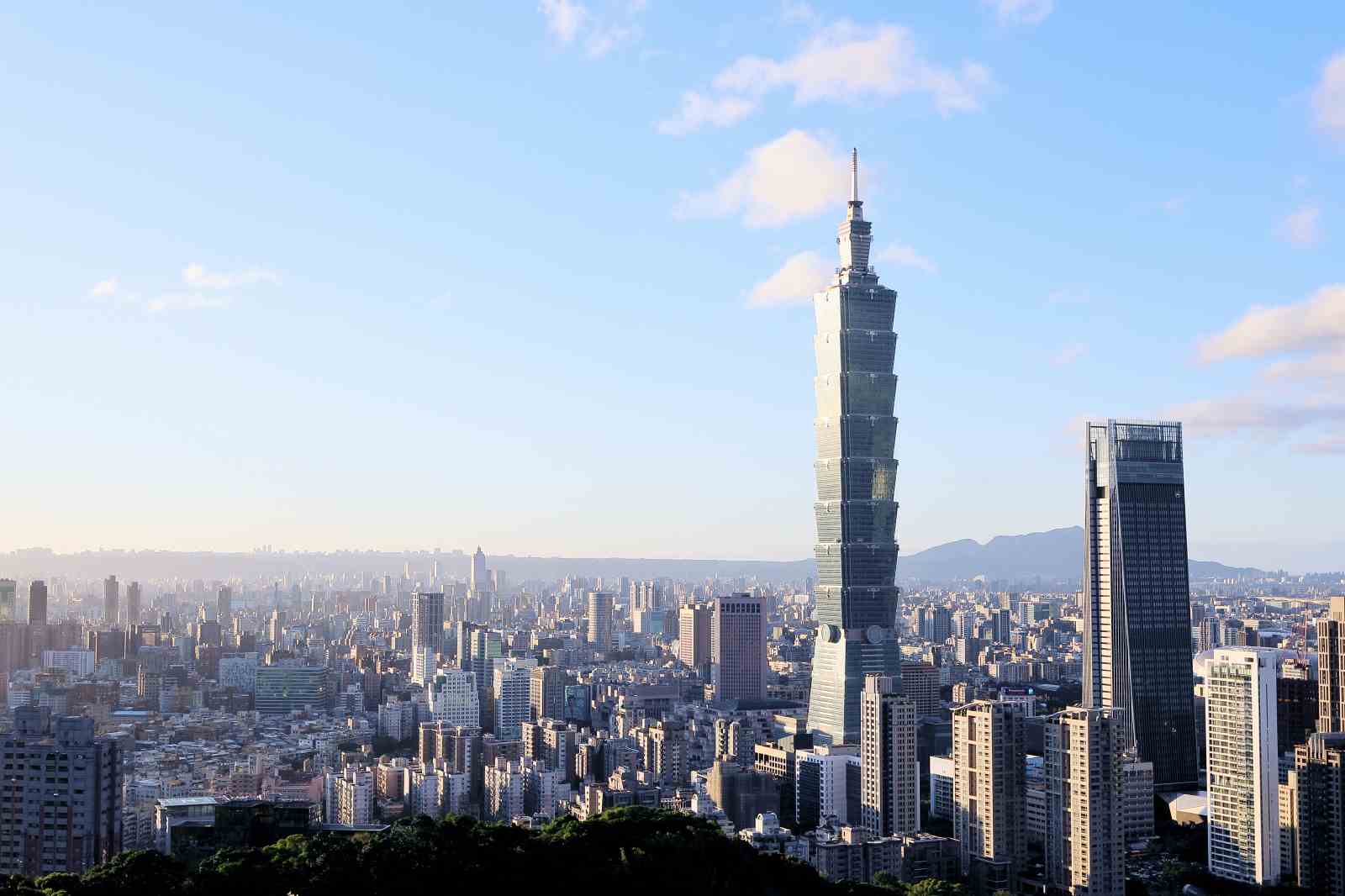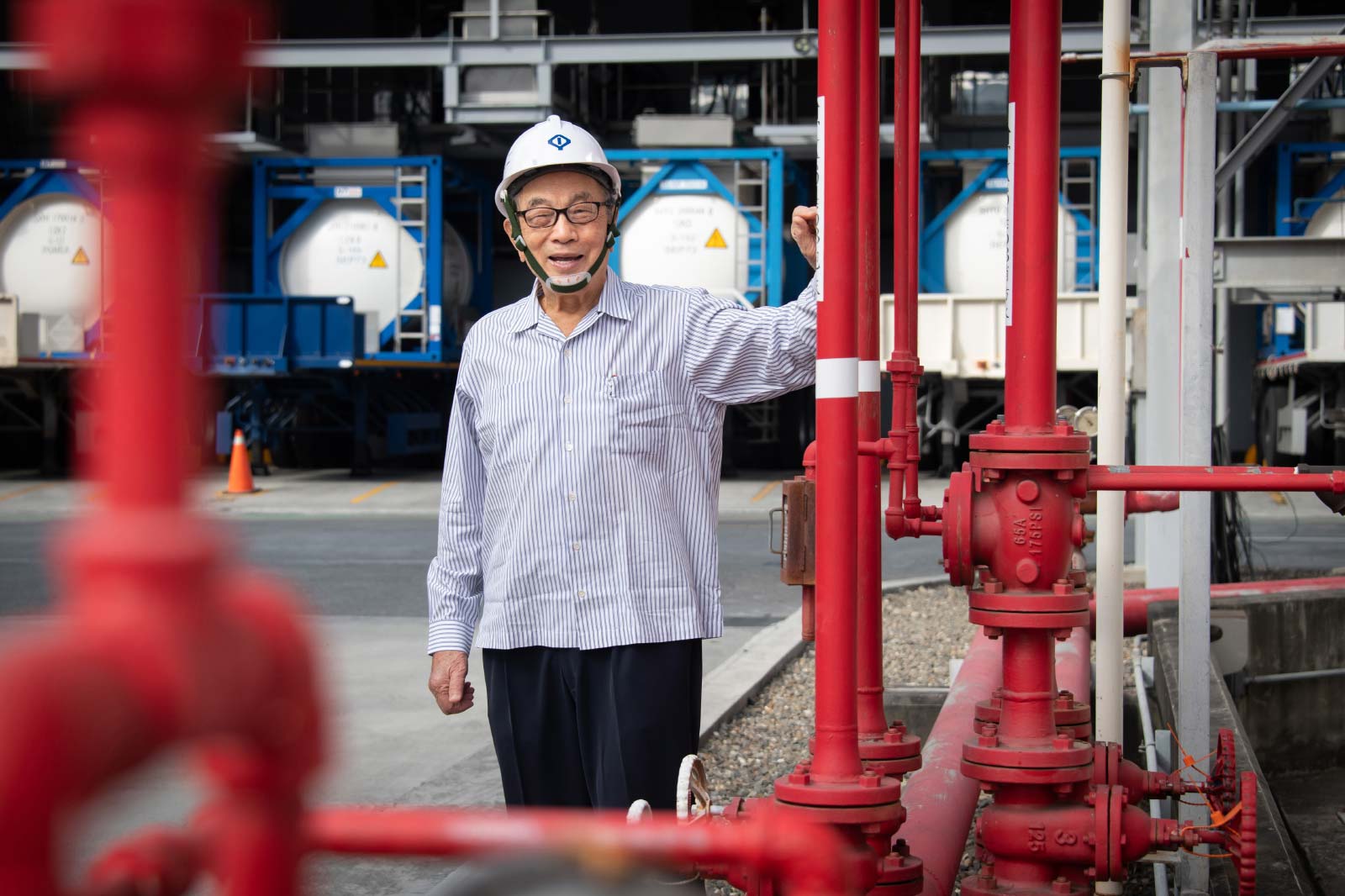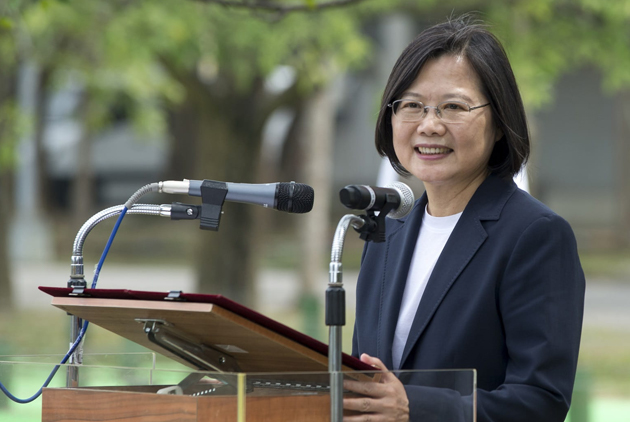2021 Top 2000 Survey:
Resilience in the face of adversity
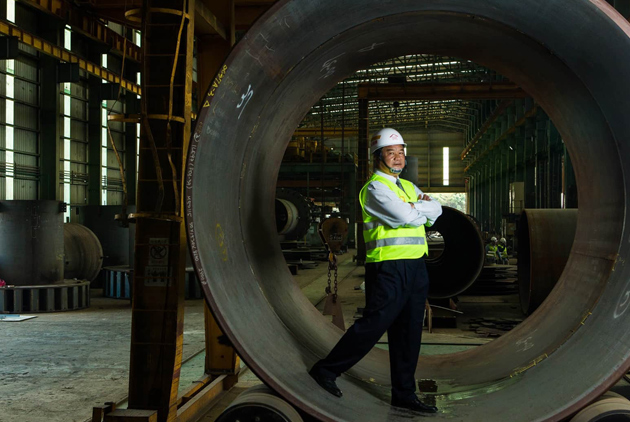
Source:CommonWealth Magazine
Two hundred companies were particularly resilient in the year of COVID-19; 100 grew throughout the year, while 100 others made V-shaped comebacks. How did they overcome adversity and how key is resilience now that the virus is surging in Taiwan?
Views
Resilience in the face of adversity
By Wang Yi-chih, Joyce LinFrom CommonWealth Magazine (vol. 723 )
A year after the COVID-19 pandemic gripped the world, community transmissions of the disease have erupted in Taiwan. For many, the sense of crisis that Taiwan had kept at bay has arrived, a wake-up call of sorts, much like for companies in 2020, when some could not wait for the year to end while others thrived.
The global pandemic led many countries to shut their borders and impose restrictions on travel, reducing worldwide airline passenger traffic to just 5 percent of the norm at one point, turning the aviation industry into a disaster area.
During the year, more than 40 airlines either went bankrupt or suspended their operations, according to International Air Transport Association figures.
Yet China Airlines (CAL), one of Taiwan’s two major international carriers, was one of the few global carriers not to lose money amid the disaster. After the airline lost more than NT$1.2 billion in 2019, its revenue fell 31.58 percent in 2020, but it posted a net profit of NT$140 million.
The key to CAL bucking the odds was its bold and decisive change in strategy.

(Source: Shutterstock)
“Right from the beginning, China Airlines turned its passenger aircraft into cargo planes. It responded really quickly to the situation,” said George Chiou (邱鈞榮), president of freight forwarder Dimerco Express Corporation, which works closely with CAL. American Airlines did not make the conversion until October, he said.
Seeing the rise in demand for medical supplies in March 2020 when the pandemic throttled Europe and took hold in the United States, CAL Chairman Hsieh Su-chien (謝世謙) decided to convert all of the airline’s wide-body aircraft into cargo planes, hoping to at least generate enough of a cash flow to keep the company running.
The strategy worked. With the price of jet fuel falling as low as US$20 a barrel and 18 cargo aircraft at its disposal, CAL was able to overcome the industry’s headwinds.
Companies like CAL that succeed in the face of adversity and embrace the old adage “what doesn’t kill us only makes us stronger” can only be described as resilient.
Global consulting firm McKinsey recently defined resilience as “the ability to withstand unpredictable threats or change and then to emerge stronger.”
Resilient companies are described as organizations that predict, withstand, and adapt to survive in a changing environment and grow in the face of adversity.
In fact, many companies in Taiwan not only succeeded in surviving the COVID-19 challenge in 2020 but actually soared higher.
Top 100 Steady Growth list
So which Taiwanese companies on the Top 200 Resilient Companies list grew steadily throughout 2020, and which ones made V-shaped comebacks?
Those on the Top 100 steady growth list (companies that posted revenue growth in both the first and second half of 2020 and had the highest revenue growth rate for the whole year) were able to capitalize on opportunities presented by the pandemic.
A high percentage of the steady growth companies benefited from new lifestyle trends such as working from home and remote learning that spurred massive demand for products catering to those needs.
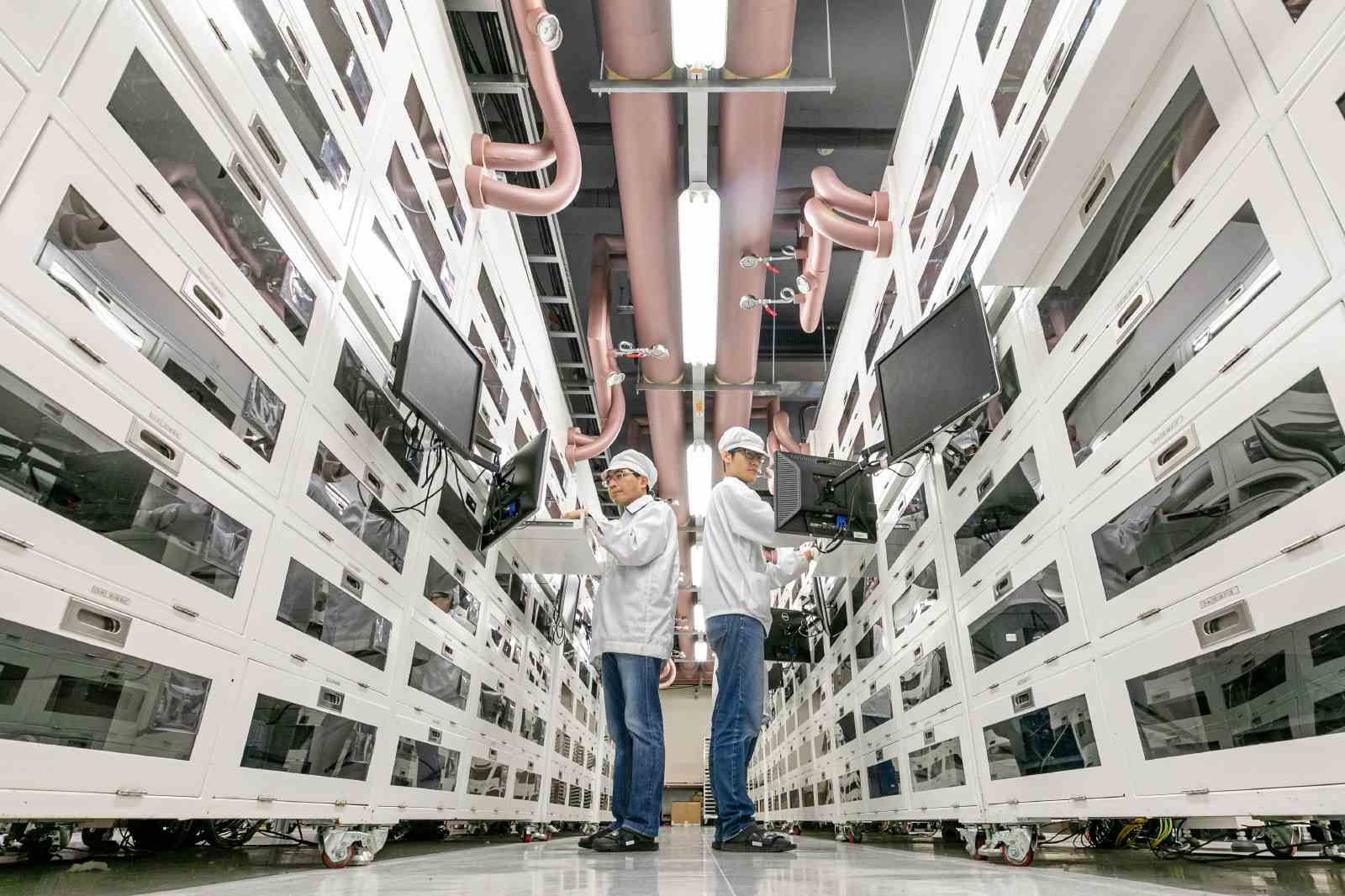 (Source: CommonWealth Magazine)
(Source: CommonWealth Magazine)
The best example is e-commerce. People were unable or unwilling to go out shopping during the epidemic, leading more consumers to buy goods or find entertainment online. The growth posted by e-commerce company momo.com Inc. and online game vendors International Games System and Soft-World International indicates how much of an impact changing consumer habits had.
Companies specializing in basic health care products also thrived, such as ear thermometer maker TaiDoc Technology, maker of feminine hygiene products and surgical masks KNH Enterprise, health product retail chain Great Tree Pharmacy and health management company ShareHope Medicine.
A further look at those companies that grew steadily throughout the year reveals that 63 percent were semiconductor and ICT (information and communication technology) enterprises, reflecting the boom in Taiwan’s tech sector during the epidemic and the misery faced by service businesses and manufacturers.
Semiconductor boom
The boom in the semiconductor and ICT sectors largely reflected the work-from-home phenomenon that triggered spikes in demand for electronic devices such as tablet and notebook computers. That spike, along with the accelerated restructuring of supply chains amid the U.S.-China trade war and the arrival of COVID-19 resulted in shortages of labor, raw materials and production capacity, and Taiwanese companies took advantage.
Though global trade fell 10 percent in 2020, Taiwan’s exports rose 4.9 percent, backed mainly by growth in shipments of electronic components. IC exports alone rose 35.5 percent.
Within that sector, leading contract chipmaker Taiwan Semiconductor Manufacturing Co. (TSMC), which saw its market capitalization reach nearly NT$17 trillion, ranking it in the top 10 globally, and IC design house MediaTek were the biggest winners.
Others among the top 100 steady growth companies excelled at reading trends and embracing emerging supply chains. Century Iron and Steel Industrial, which topped the list, and 17th-ranked Swancor Renewable Energy benefited from the development of offshore wind power, while set-top box maker Taiwan Optical Platform, ranked 28th on the list has transitioned to smart applications, anticipating the takeoff of 5G.
There were many other companies that capitalized on the pandemic to propel growth.
Explosion in home fitness, remote video
Among them were Jia Wei Lifestyle, Dyaco International, and Winbond Electronics subsidiary Nuvoton Technology, which ranked second, fourth, and eighth, respectively, among the top 100. They had all acquired American brands or Japanese semiconductor companies prior to 2020 to expand their market presence and be more competitive, and the epidemic accentuated the benefit of those acquisitions.
That was especially true for Dyaco, one of the world’s three biggest suppliers of fitness equipment. Originally a contract manufacturer, the company eventually developed its own brand and bought American fitness equipment brands Spirit Fitness and Xterra Fitness before adding to its lineup early last year with the acquisition of the No. 1 online treadmill and exercise bike brand Sole Fitness.
The home fitness craze generated by the COVID-19 pandemic led to a 124.3 percent increase in Dyaco’s revenue in 2020, and Sole Fitness, which Dyaco had pursued for 10 years, contributed at least 30 percent of Dyaco’s profits.
Video product and services company AVerMedia Technologies is another example of a company that got a boost from the pandemic-driven changes in work habits.
Ranked third in the growth table, the company got its start selling TV boxes and then transitioned into image capture cards, personal and office video, gaming, and live streaming equipment. After losing money for five straight years, AVerMedia was back in the black in 2018 when live streaming took off. Then COVID-19 hit in 2020, sparking demand for remote video services, and the company’s revenue grew 139.26 percent from 2019.
V-Recovery Top 100
For some companies, the epidemic did more than just accelerate revenue growth; it rescued them from difficult plights. These top 100 comeback kids were those that posted the highest revenue growth in the second half of 2020 after losing money in the first half of the year.
Among them were Taiwan’s two biggest makers of the flat panel displays used in TVs and electronic devices – AU Optronics and Innolux – which both lost more than NT$17 billion in 2019 because of a market glut.
But in 2020, many consumers were stuck at home. They watched more TV than in the past, pushing demand higher for large-screen, high resolution TVs, and the remote living phenomenon meant that even elementary school students needed notebook computers. More demand for screens meant increases of revenue of more than 16 percent in the second half of 2020 for the two companies.
Yang Ming Marine Transport was also rescued. The marine transportation sector was badly bruised by the global economic slowdown in the first half of 2020, but as economies started to recover, demand for cargo space suddenly exceeded supply, sending freight rates soaring. Overnight, shipping companies Yang Ming, Evergreen and Wan Hai became Taiwan’s “guardian” fleet.
 (Source: CommonWealth Magazine)
(Source: CommonWealth Magazine)
Yang Ming, in which the government holds more than a 50-percent stake even after the company was privatized, has consistently bled money since the last major global economic disruption in 2008, losing NT$30 billion in the past 10 years. But it has risen from the dead since the arrival of the pandemic, and its profit in November 2020 exceeded its income in the third quarter.
Tsann Kuen battles back
Another big surprise was the revival of major electronic products retailer Tsann Kuen Enterprise, which had been rumored to be on the verge of bankruptcy.
In March 2020, after having gone through three chairmen and two presidents in the previous two years, Tsann Kuen announced Robert Lin (林技典) as the new chairman.
 (Source: CommonWealth Magazine)
(Source: CommonWealth Magazine)
Lin, who served for nearly six years as the vice general manager of Taipei 101’s auditing department, immediately closed seven stores that were doing poorly and opened 11 new ones.
That led to the company’s recovery in the second half of 2020, when it posted positive revenue growth for the first time in nine years.
Even before Lin assumed his post, the previous management team had eliminated or downsized the company’s money-losing travel and restaurant brands, which also laid the foundation for a return to profitability.
A resilient restaurant brand
Wowprime Corp., the only restaurant brand among the Top 200 Resilient Companies, stood out as an enterprise that devised an innovative business model to deal with the crisis.
Wowprime has outlets in China and Taiwan, and it was badly hurt last year by lockdowns in China and the reluctance of Taiwanese consumers to go out to eat, resulting in a revenue fall of more than 20 percent in the first half of 2020.
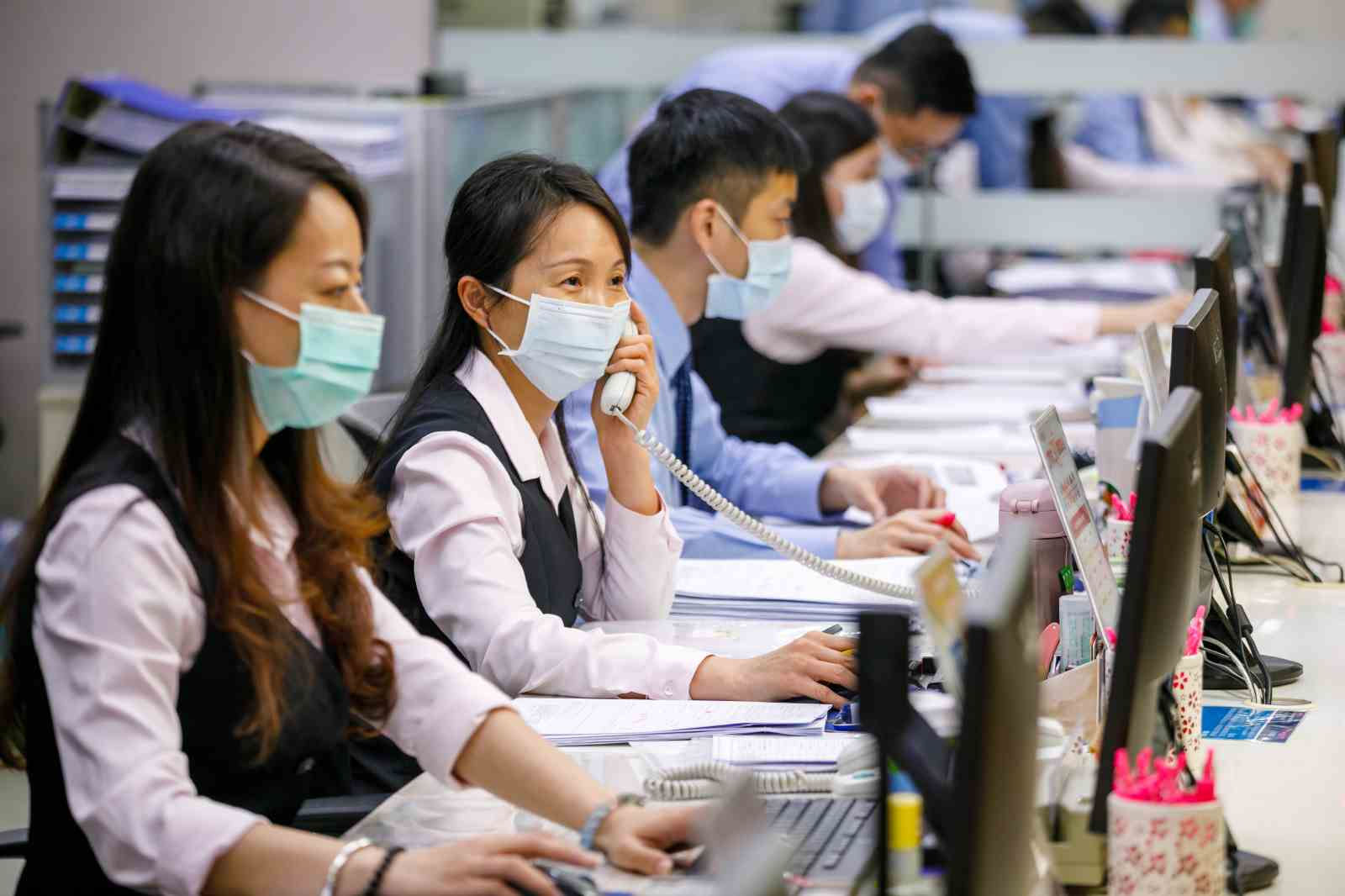 (Source: CommonWealth Magazine)
(Source: CommonWealth Magazine)
Facing the inevitable, it went all in on home delivery and put its 17 restaurant brands on UberEats. It also expanded the role of Wowfresh Corp., a food processor in its own supply chain. After a successful foray into Lunar New Year pre-order meals in 2019, Wowfresh jumped on the cook-at-home bandwagon in 2020, tweaking some of the best-selling dishes of Wowprime brands and selling them as frozen, ready-to-cook meals in convenience stores and big box retailers. The next step is to become a food contractor for other products.
Lee Ji-ren: Resilience but also inertia
These 200 resilient companies are indicative of the strong performances turned in by many Taiwanese companies during the pandemic.
But Lee Ji-ren, a professor of management at National Taiwan University and a board director of several prominent Taiwanese companies, cautioned that warning signals were hidden among the good results. Local enterprises, he said, have yet to show the courage to make major changes amid the pandemic or pursue major acquisitions.
He noted that the leaders of many Taiwanese companies tend to be conservative and rather than entering a market during a turndown they focus more on preserving their profits.
“They are resilient, but there’s also a strong sense of inertia,” Lee said.
The economic turmoil created by the pandemic has given business leaders an ideal opportunity to revamp their resilient structures or spawn new capabilities.
The biggest mistake would be for them to think they can maintain the status quo to stay successful. If they fail to capitalize on this opportunity to reengineer their businesses, it will truly be a waste of a crisis.
Have you read?
♦ TSMC pours US$3B into 28nm production for major customer
♦ Are high steel prices on the horizon? China Steel reveals secret to decarbonization
Translated by Luke Sabatier
Uploaded by Penny Chiang

